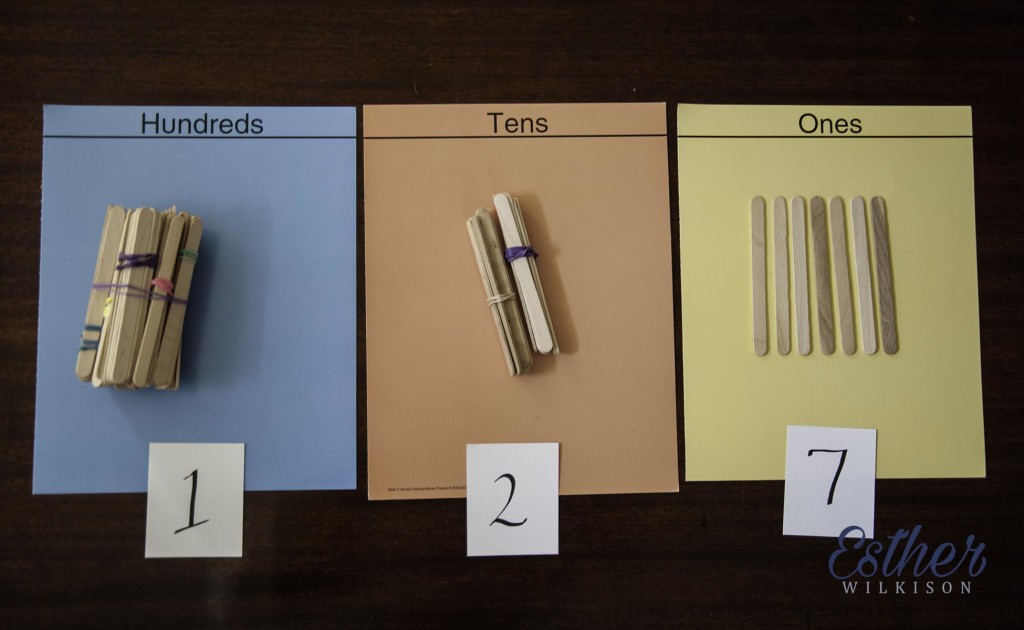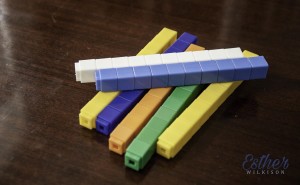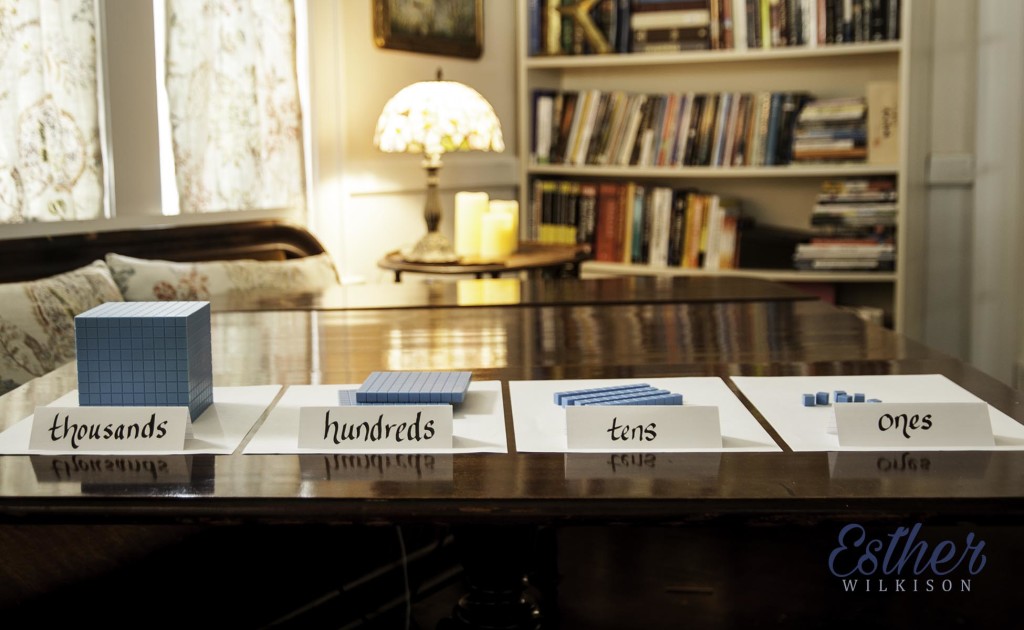If math were a pool, the most successful swimmers would be those who were given ample time in their formative years playing (ie: developing skills) in the shallow end. In a real swimming pool a child learns the skills necessary for good swimming, such as how to float and how to blow bubbles out their nose while their face is under water. In the theoretical math swimming pool a child would start out by mastering place value.
Place value is to math what comprehension is to reading. Reading without comprehension is not reading at all because a child is not getting meaning from print. Knowing the value of each digit in a number is foundational to understanding everything one later does with numbers.
Often a child in elementary school is asked to look at a large number and underline, say the 100’s place. The student may randomly guess. Or he may learn that three digits in from the left is the 100’s place—but that does not mean he comprehends what that number in the hundred’s place means.
Math is central to the universe God created. We are made in the image of a mathematical God. Math can be learned, but it is hard to learn math (or anything else) while drowning in incomprehensible equations. Take a struggling student back to the shallows. Teach them the basics of place value with place value mats and manipulatives. Popsicle sticks can be rubber banded into clumps of 10. A large rubber band will fit around 10 clumps of 10 to make a 100-bundle. Once students learn how to picture the number 127 with the proper grouping of sticks on place value mats, connect that picture with understanding of the standard form (127) and expanded form (100 + 20 + 7) of a number.

 Try using different types of manipulatives. Unifix cubes work well while working mostly with the tens and the ones place. Popsicle sticks are easy to find at craft stores. A base 10 set is my favorite tool to teach up to the thousands place. One dollar blls, ten dollar bills, and hundred dollar bills often hold student interest as well.
Try using different types of manipulatives. Unifix cubes work well while working mostly with the tens and the ones place. Popsicle sticks are easy to find at craft stores. A base 10 set is my favorite tool to teach up to the thousands place. One dollar blls, ten dollar bills, and hundred dollar bills often hold student interest as well.
Will taking time to build understanding with manipulatives slow a student’s math progress? Actually—his math progress is already slowed because he was not taught the foundational skills. Accept this reality. When your student finds math hard, head back to the shallows to develop deeper understanding. Once he has the understanding, he will gain the confidence to begin to thrive.
“Knowledge is easy for a man of understanding.” (Proverbs 14.6b ESV)
Links in this article:




